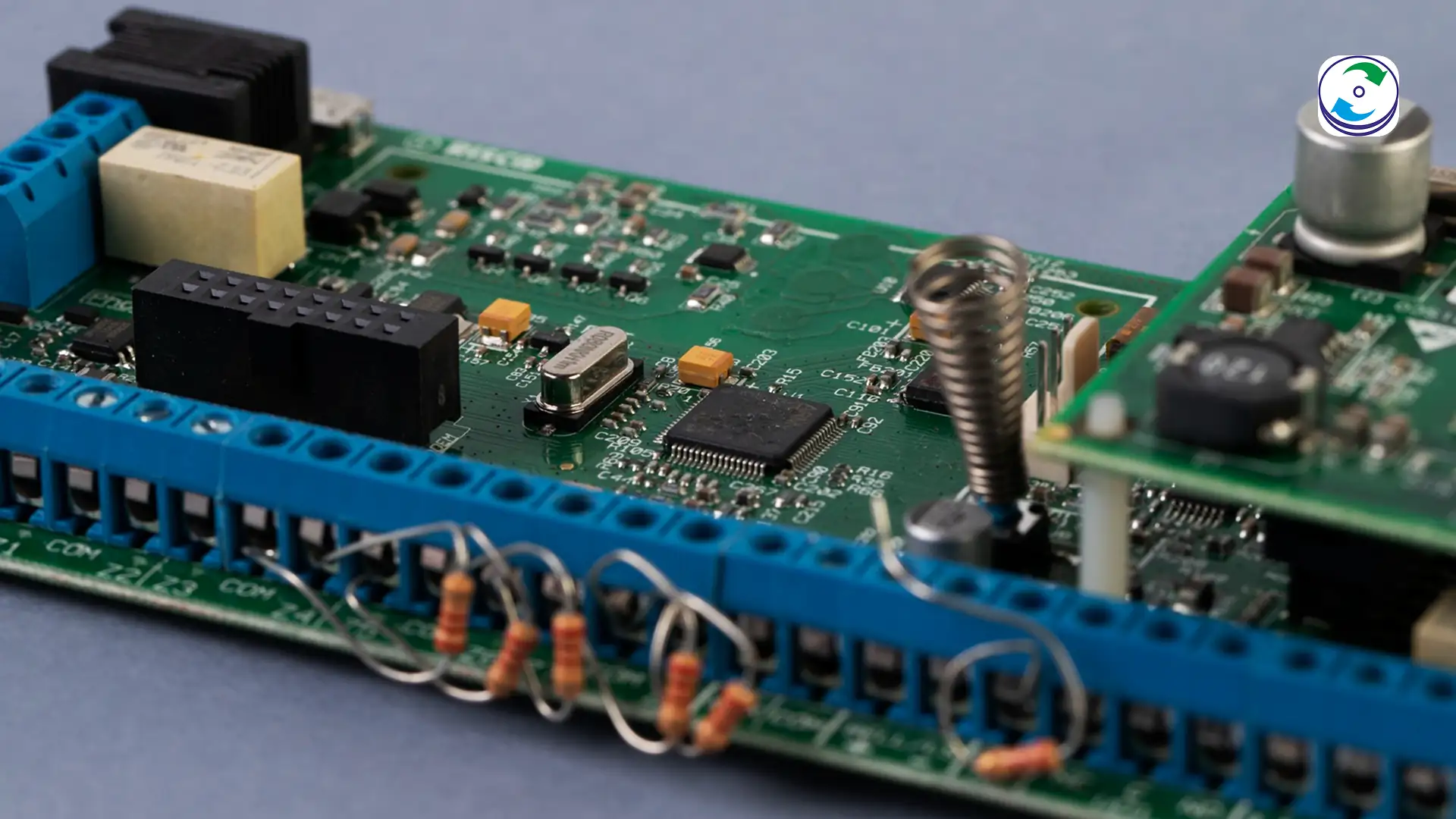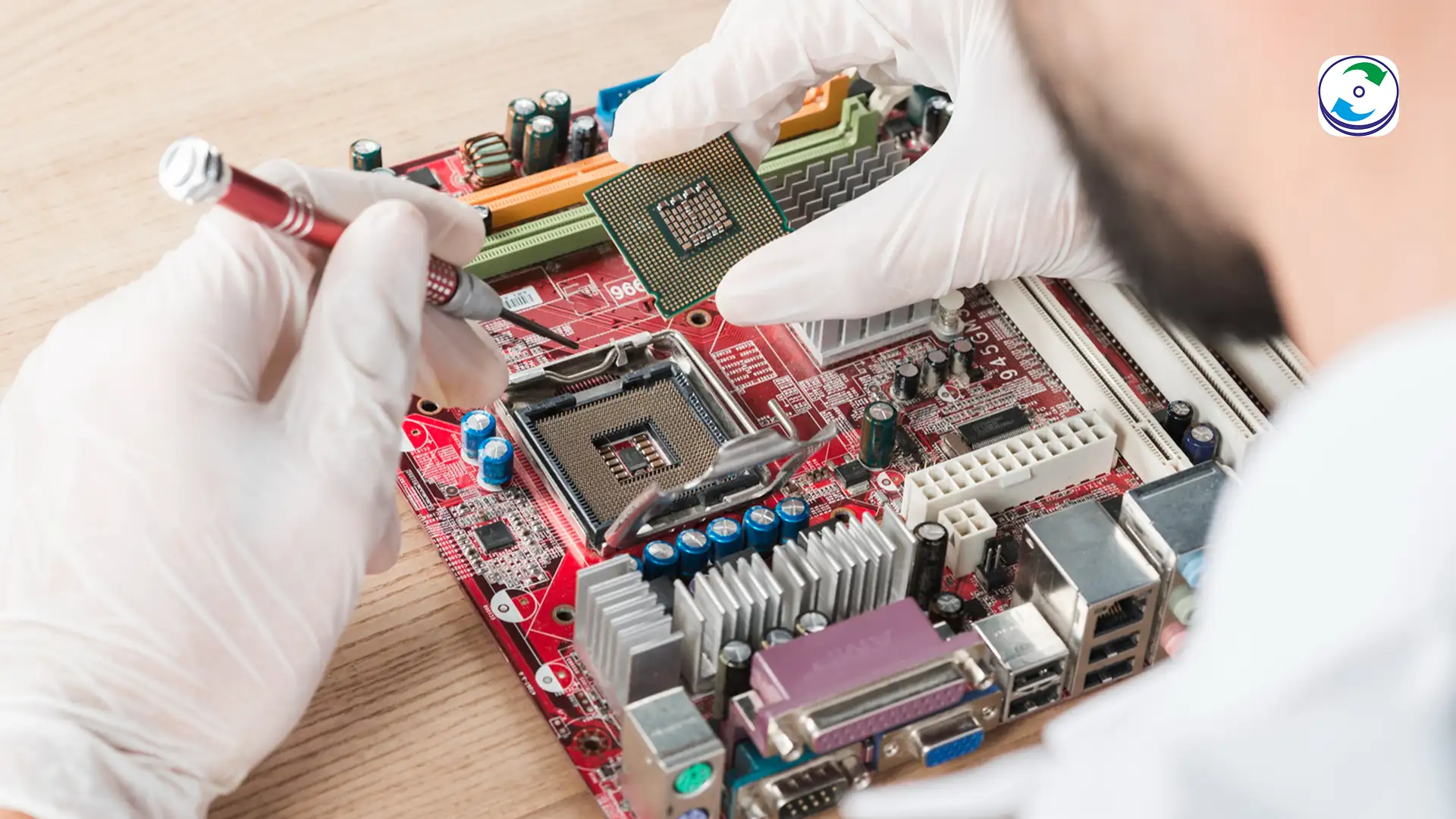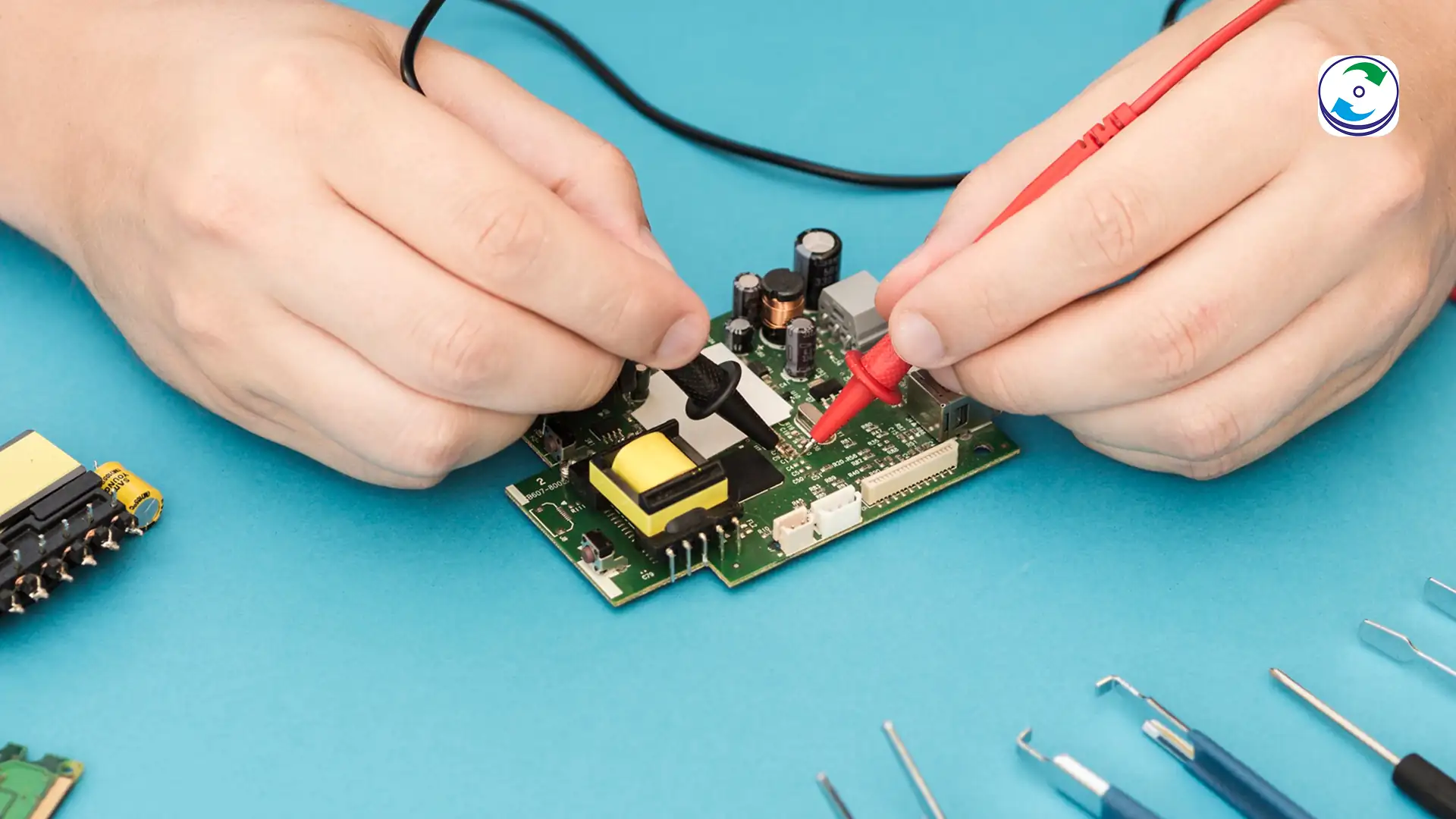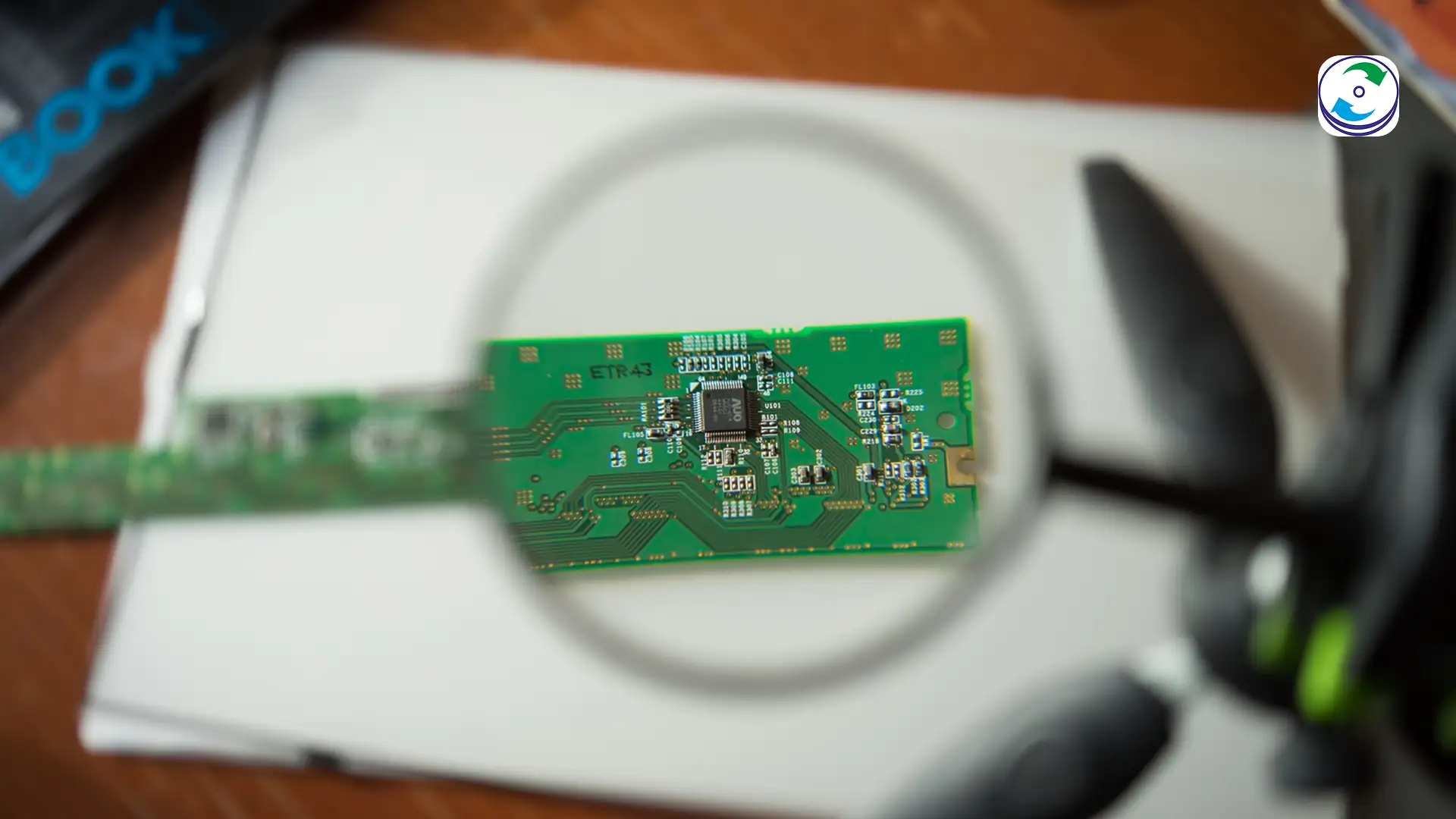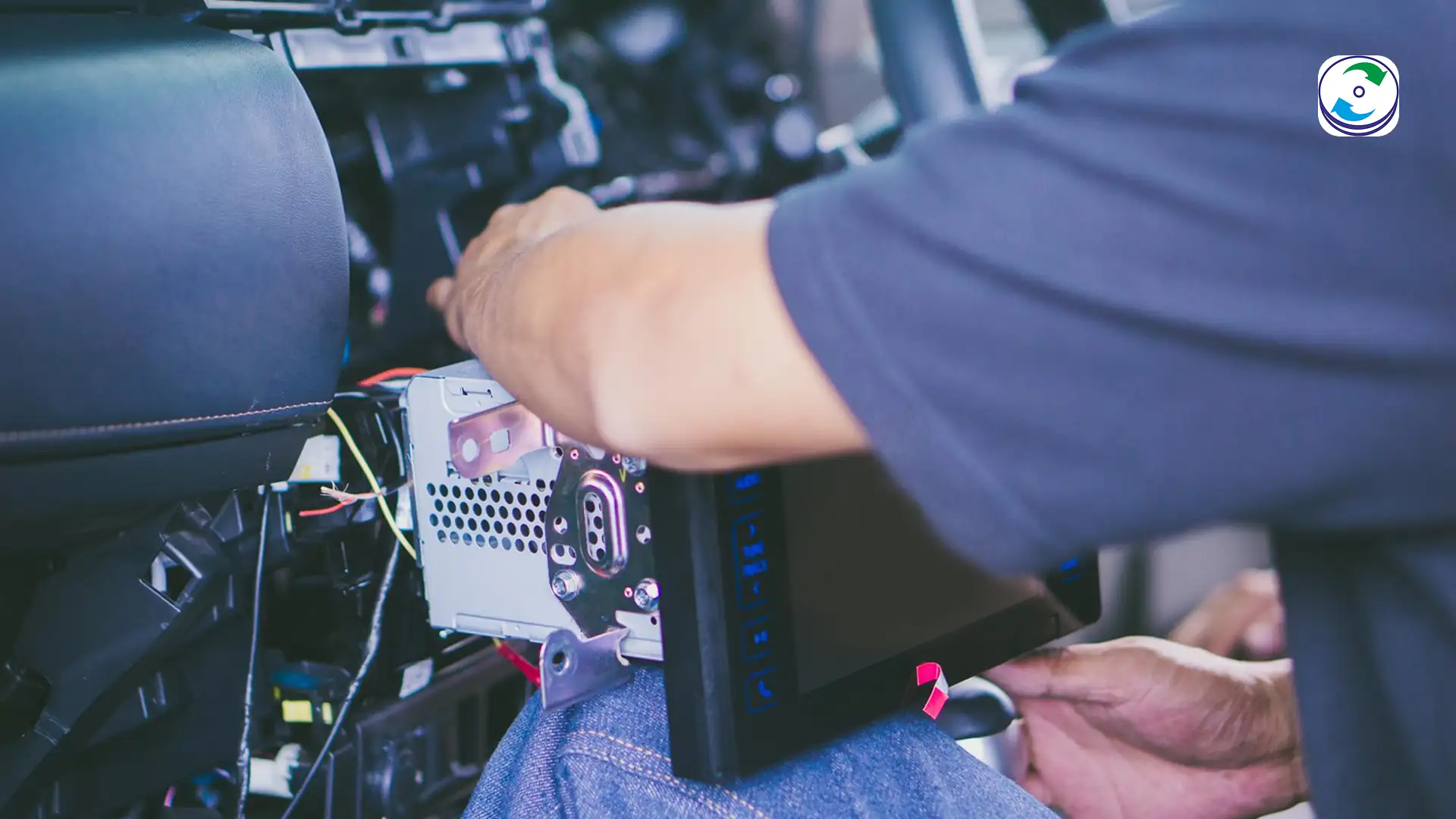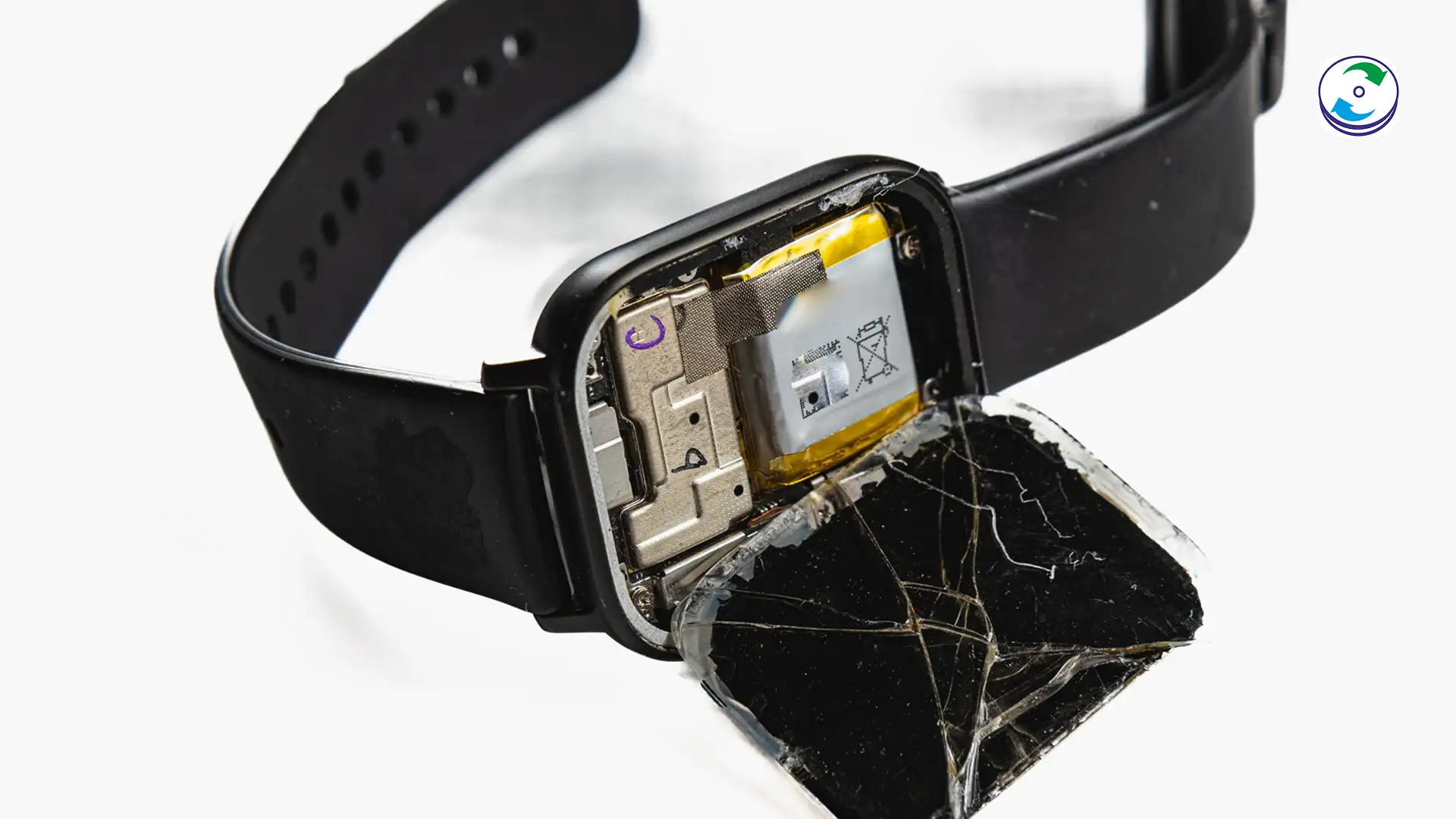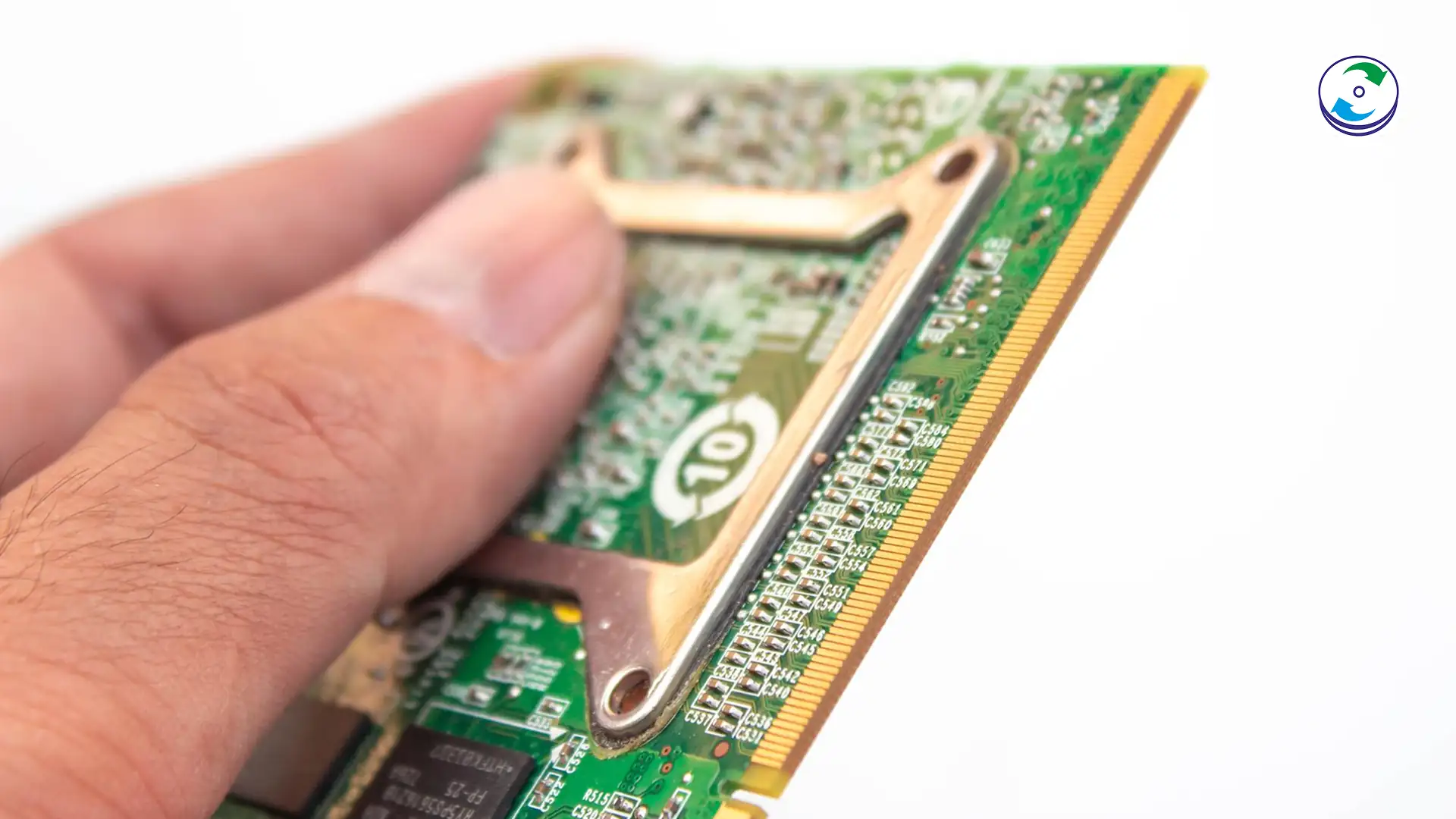Digital Time Capsules: The Surprising Lifespan and Failure Modes of HDDs, SSDs, and Tape
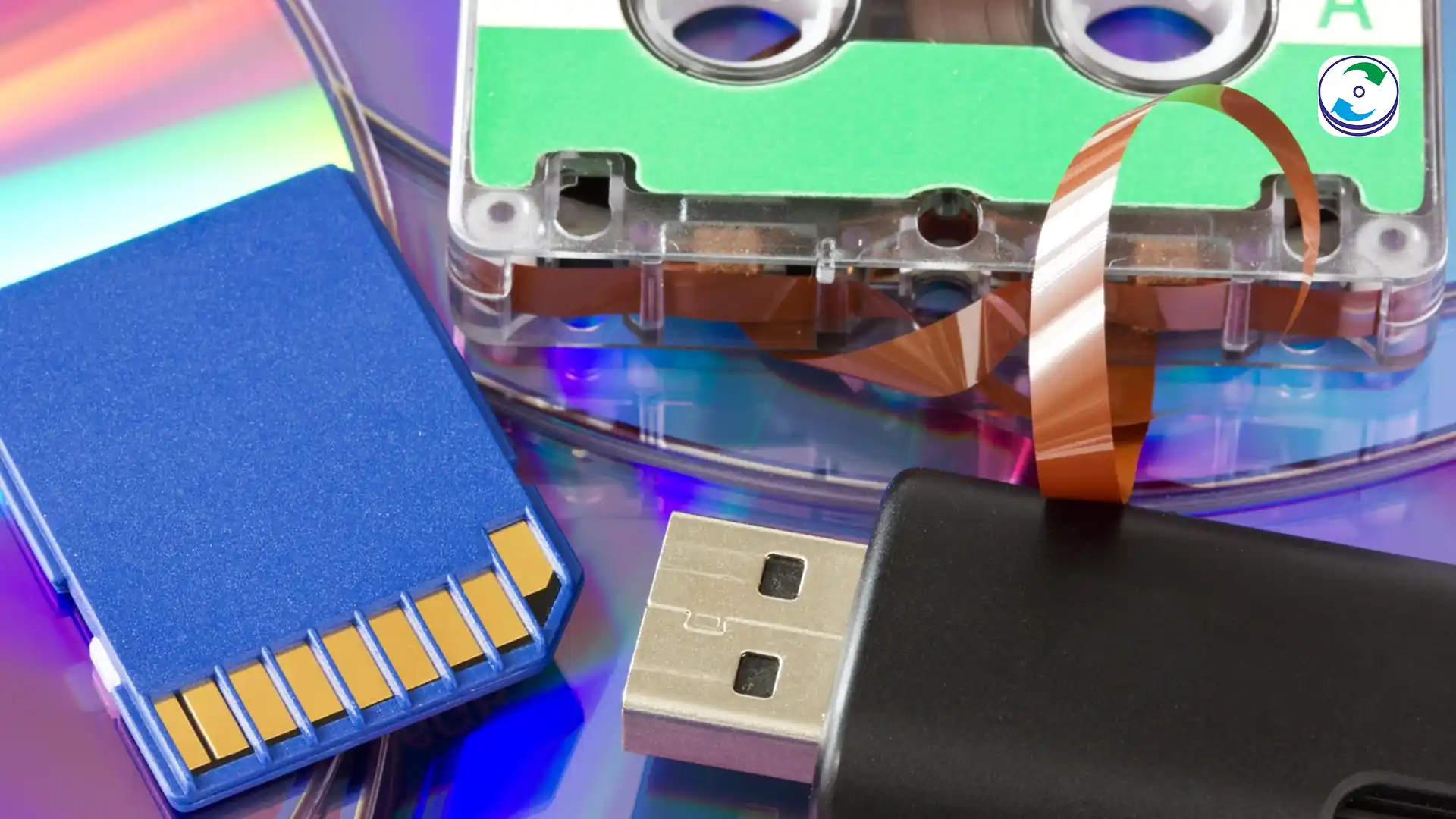
Introduction
We are living in the age of data, generating digital content faster than ever before. But how long will this data last? When planning for the long term—whether it’s preserving business archives or family photos—the choice of storage media is critical. No storage technology is truly immortal. Each has a surprising lifespan and a unique, often catastrophic, failure mode.
Understanding these differences is the first step toward creating a reliable “digital time capsule.” Here is a breakdown of the three major storage players and what you need to know about their permanence.
The Workhorse: Hard Disk Drives (HDDs)
Hard Disk Drives (HDDs) have been the industry standard for decades. Their lifespan is primarily determined by their mechanical components, often lasting between 5 to 10 years of continuous use, though their operational health begins to decline well before that.
The primary failure mode of an HDD is mechanical. These drives rely on rapidly spinning platters and microscopic read/write heads floating just above the surface. Failure often presents as a “head crash,” where the read/write head physically contacts the platters, causing scoring and immediate, severe damage. They can also suffer from motor failure (the platters simply stop spinning) or degradation of the magnetic media over time, leading to unreadable sectors (bad blocks) that grow increasingly common as the drive ages.
The New Guard: Solid State Drives (SSDs)
Solid State Drives (SSDs) have no moving parts, giving them a distinct reliability advantage over HDDs. Their lifespan is not measured by time, but by write cycles—the number of times data can be written to and erased from their NAND flash cells. This metric is tracked as Total Bytes Written (TBW).
SSDs use a technique called wear leveling to distribute data across all cells evenly, maximizing their lifespan, which can often exceed 10 years for typical usage. However, their unique failure modes are tied to their electronic nature. The most common cause of failure is controller chip failure or, critically, capacitor failure caused by power loss or fluctuation. When an SSD suddenly dies, the data is often completely inaccessible and requires specialized chip-off techniques to recover, as the encryption keys are sometimes housed within the dead controller.
The Archival Champion: Magnetic Tape (LTO)
Despite being an older technology, modern Linear Tape-Open (LTO) magnetic tape remains the industry’s undisputed champion for long-term data preservation. When stored under optimal conditions (controlled temperature and humidity), LTO tape is certified to hold data for 30 years or more, making it the true archival medium.
Tape’s failure modes are primarily environmental and physical. Damage typically occurs due to the tape stretching, breaking, or suffering from “stiction” (where the layers stick together) if improperly handled or exposed to extreme heat or humidity. Crucially, tape is rarely subject to the catastrophic, systemic failures that plague active, powered devices. As long as a compatible drive exists to read the format, the data can be retrieved.
The Real Enemy: Data Migration and Obsolescence
While media lifespan is important, the single greatest threat to your data’s permanence is not media failure, but technological obsolescence. A 20-year-old tape with perfectly preserved data is useless if you can no longer find the hardware or software necessary to read it.
True data permanence requires a commitment to active data migration—moving your data off an aging medium (like a 5-year-old SSD or a 10-year-old tape format) and onto a newer, supported format before the old device fails or becomes unreadable. This proactive strategy is the only way to ensure your digital time capsule remains accessible for future generations.
Conclusion: No Single Answer, Only Strategy
No single storage medium offers perpetual assurance. The best approach is a multi-tiered strategy—the classic 3-2-1 backup rule—using a combination of media types: fast HDDs/SSDs for everyday access, an air-gapped tape backup for long-term security, and a cloud copy for offsite redundancy.
If your digital time capsule has been corrupted, whether it’s a mechanically failed HDD, a power-surge-killed SSD, or a physically damaged tape, our specialized engineers at DataCare Labs have the tools and expertise to recover data from all three technologies. Don’t let your history be erased by a failed drive—consult with the experts in data permanence.


